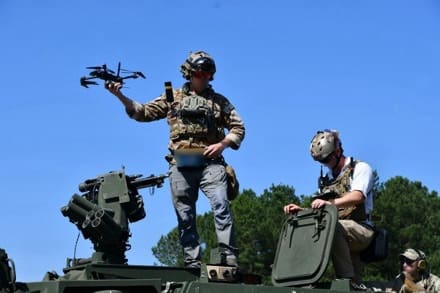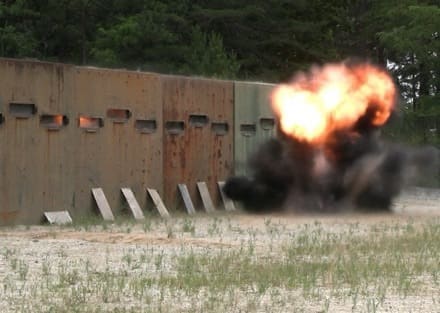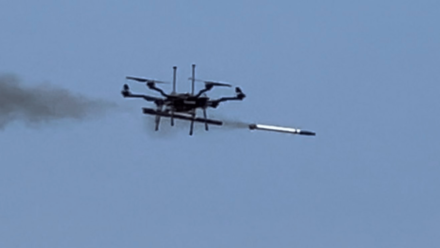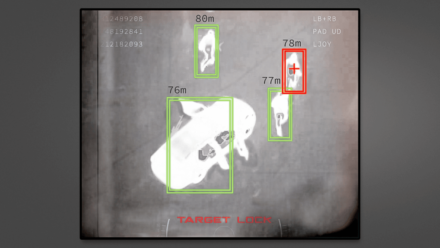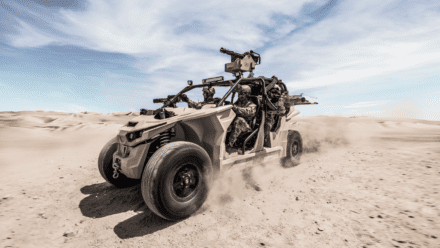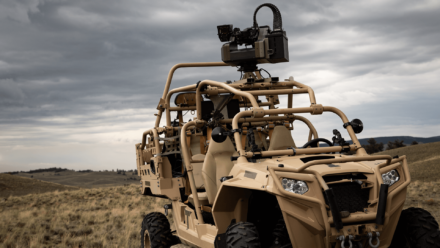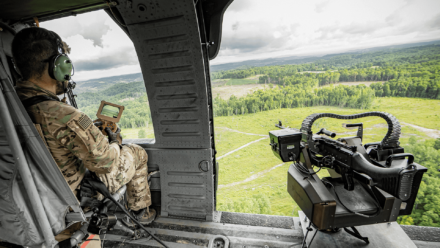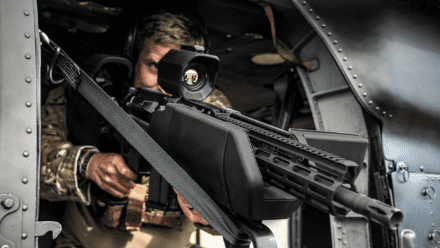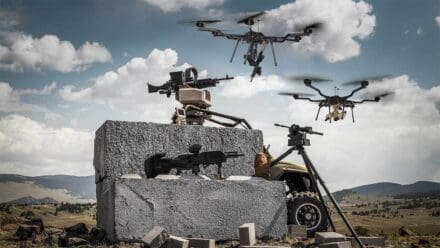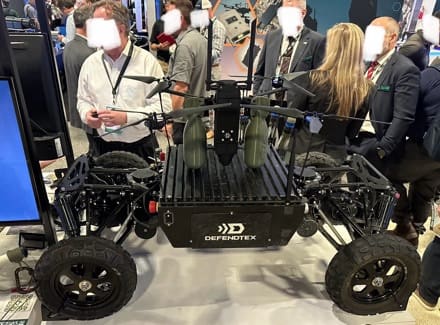Milrem Robotics, the world’s leading robotics and autonomous systems developer, has established a centre of excellence for ground robotics in Poland. This strategic expansion aims to strengthen the company’s presence in different regions of Europe and accelerate product development.
The new engineering hub in Warsaw will serve as a centre for innovation and collaboration, bringing together top engineering talent from the capital and the surrounding region. The hub will focus on designing and developing advanced robotic systems that address the evolving needs of Milrem Robotics’ customers. The new engineering hub will start with 20+ engineers already in July and is determined to grow rapidly.
Establishing the hub underscores Milrem Robotics’ commitment to the European market, supporting economic growth and technological advancement.
“Poland has a rich tradition of engineering quality and innovation, making it an ideal location for our new centre of excellence. This investment reinforces our commitment to the region and enables us to leverage local talent and expertise to drive forward our mission of developing state-of-the-art robotic solutions,” said Kuldar Väärsi, CEO of Milrem Robotics.
Michal Ossowski, Local Team Lead at the Warsaw Hub, added: “We are thrilled to be part of Milrem Robotics’ expansion into Poland. Our team of more than 20 specialists is eager to contribute to the development of groundbreaking technologies and to collaborate with some of the brightest minds in the industry. This hub will strengthen our capabilities and provide exciting career prospects for engineers passionate about robotics and autonomous systems.”
Milrem Robotics is the world-leading robotics and autonomous systems developer and systems integrator, with offices in Estonia, Finland, Sweden, the Netherlands, and the US. The company is known for its THeMIS UGV, the Type-X Robotic Combat Vehicle, and MIFIK, the autonomous functionalities kit for defence platforms.
The company is also renowned for successfully completing the European Defence Industrial Development Programme (EDIDP) project iMUGS, which focused on developing a modular and scalable architecture for hybrid manned-unmanned systems.


